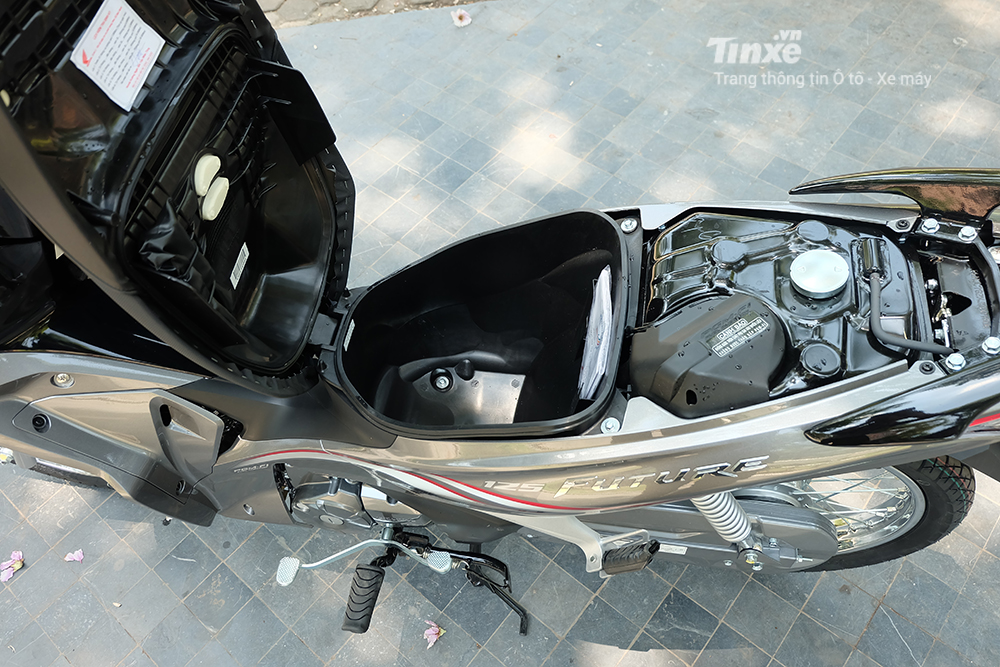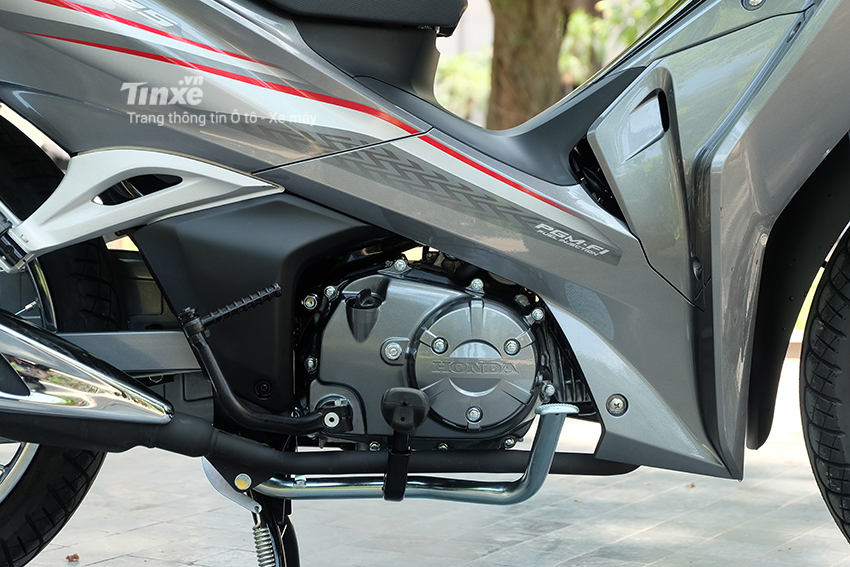Motorcycles are a popular choice for many Vietnamese consumers due to their durability and cost-effectiveness in comparison to scooters. Not only are motorcycles cheaper, but they also boast higher durability and lower maintenance costs. As a result, many individuals continue to opt for motorcycles as their daily mode of transportation.
However, not everyone is well-versed in the art of shifting gears on a motorcycle, especially women. In this article, we will provide a simple and effective guide on how to shift gears on a motorcycle.
What is a motorcycle?
First and foremost, let’s delve into what exactly a motorcycle is and why their prices are relatively lower when compared to modern scooters.
A motorcycle features a compact design and is smaller in size compared to a scooter.
A motorcycle, also known as an Underbone, encompasses models such as Honda Wave, Future, Yamaha Sirius, Yamaha Exciter, among others. The term “Underbone” pertains to the engine block positioned beneath the motorcycle’s frame. The fuel tank is typically located under the seat, along with the gear lever for controlling the vehicle’s maximum speed. Thanks to this design, the motorcycle’s center of gravity usually remains in the middle, resulting in lighter front and rear ends.
Motorcycles generally feature the gear lever on the rider’s left side, a small storage compartment, and the fuel tank beneath the seat.
Compared to scooters, motorcycles are more budget-friendly owing to their simpler design, structure, fewer plastic components, and reduced storage capacity. Consequently, their repairs and maintenance are less complex and more cost-effective.
How to shift gears on a motorcycle
Given these circumstances, how can one effortlessly and reasonably shift gears on a motorcycle? Let’s find out.
Firstly, it is important to understand that a typical motorcycle consists of 5 circular gears, including the N gear or “mo”. Each of these gears delivers varying power and maximum speed. Hence, it is advisable to shift gears when the vehicle reaches the appropriate speed to ensure a smooth and unimpeded operation.
Pay attention to the vehicle’s speed while shifting gears to guarantee a seamless ride.
More specifically, the following gears should be utilized at different speeds:
– Gear 1: Speed ranging from 0 to 10 km/h
– Gear 2: Speed ranging from 10 to 20 km/h
– Gear 3: Speed ranging from 20 to 40 km/h
– Gear 4: Speed exceeding 40 km/h
Consequently, shifting gears on a motorcycle involves multiple actions, encompassing speed adjustment with the brake or according to the suitable engine speed.
It is worth noting that in congested traffic conditions, where constant acceleration and deceleration or halting at red lights is necessary, one should continuously shift gears based on their speed. This approach ensures enhanced maneuverability and avoids unexpected situations. Overall, consistent usage of the motorcycle and practice in safe areas constitute the optimal method for acquiring the proper and seamless skill of shifting gears on a motorcycle.
Common mistakes made by motorcycle riders
Despite motorcycles being prevalent in Vietnam, numerous individuals remain unaware of how to correctly shift gears to prevent jerking or power loss. This predicament is particularly noticeable among female riders who are more accustomed to scooters, consequently damaging their motorcycles more frequently.
Control errors made by riders can swiftly damage the motorcycle and increase fuel consumption.
Outlined below are several common mistakes, primarily committed by female riders, when operating a motorcycle:
– Failure to shift to a lower gear when temporarily stopping (e.g., at a red light)
– Riding at a slow pace while employing a higher gear
– Ascending hills with a higher gear engaged
– Sticking to gears 2 or 3 and neglecting to shift to different gears…
These control-related errors result in excessive fuel consumption and expedited engine deterioration, eventually leading to engine damage.
Kuro










































